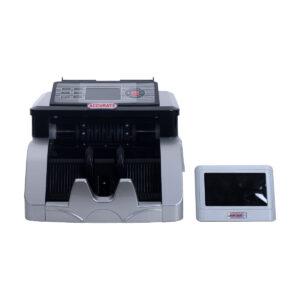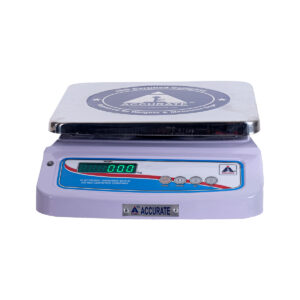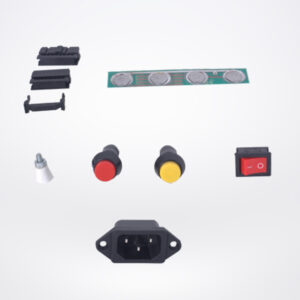Lithium Ion Batteries
The ever-increasing market for portable electronic devices, together with the increasing pace of the electric vehicle revolution, has resulted in an equally large demand for rechargeable batteries. Lithium-ion batteries (LIBs) are state- of- the art in this technology. This battery type exhibits high energy density as it is light yet powerful, good cycle durability as it can be charged and recharged without losing much energy each cycle and a low self-discharge rate.
Lithium-ion Cell
Electrolyte
Carment CaBactor
Anode
17V Rechargeable Lithium ion Connector PICH & Wires & 0200 The lithium ion battery diagram illustrates the working principle of a lithium ion battery.
LIBs store energy that is released by an electrochemical reaction between the anode and the cathode material.
Both cathode and anode contain positively charged lithium ions.
Cament Collector Cathode During discharge, the oxidation reaction at the anode releases electrons and lithium cations. The electrons flow through an external wire to the cathode. To close the electric circuit, lithium cations flow through the liquid electrolyte and the separator to the cathode, where they recombine in a reduction reaction. During charging, the reactions at the electrodes are reversed and the lithium ions flow in the opposite direction. The lithium ions do not partake in the overall electro chemical reaction and remain in their oxidation state. The benefits of lithium ion batteries:
High energy density, When it comes to energy density, lithium ion batteries are top performers…. Lightweight…. Long lifespan…. Good long-term performance…. Temperature tolerant…. Low self-discharge. Fast charge times. Customisable technology.
Lithium-ion Cell
Electrolyte
Carment CaBactor
Anode
17V Rechargeable Lithium ion Connector PICH & Wires & 0200 The lithium ion battery diagram illustrates the working principle of a lithium ion battery.
LIBs store energy that is released by an electrochemical reaction between the anode and the cathode material.
Both cathode and anode contain positively charged lithium ions.
Cament Collector Cathode During discharge, the oxidation reaction at the anode releases electrons and lithium cations. The electrons flow through an external wire to the cathode. To close the electric circuit, lithium cations flow through the liquid electrolyte and the separator to the cathode, where they recombine in a reduction reaction. During charging, the reactions at the electrodes are reversed and the lithium ions flow in the opposite direction. The lithium ions do not partake in the overall electro chemical reaction and remain in their oxidation state. The benefits of lithium ion batteries:
High energy density, When it comes to energy density, lithium ion batteries are top performers…. Lightweight…. Long lifespan…. Good long-term performance…. Temperature tolerant…. Low self-discharge. Fast charge times. Customisable technology.








